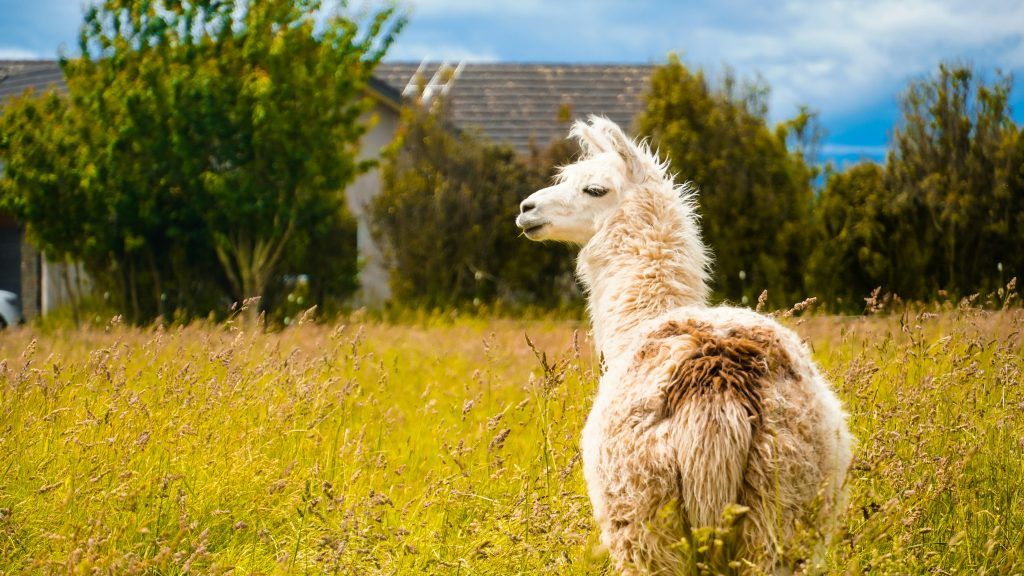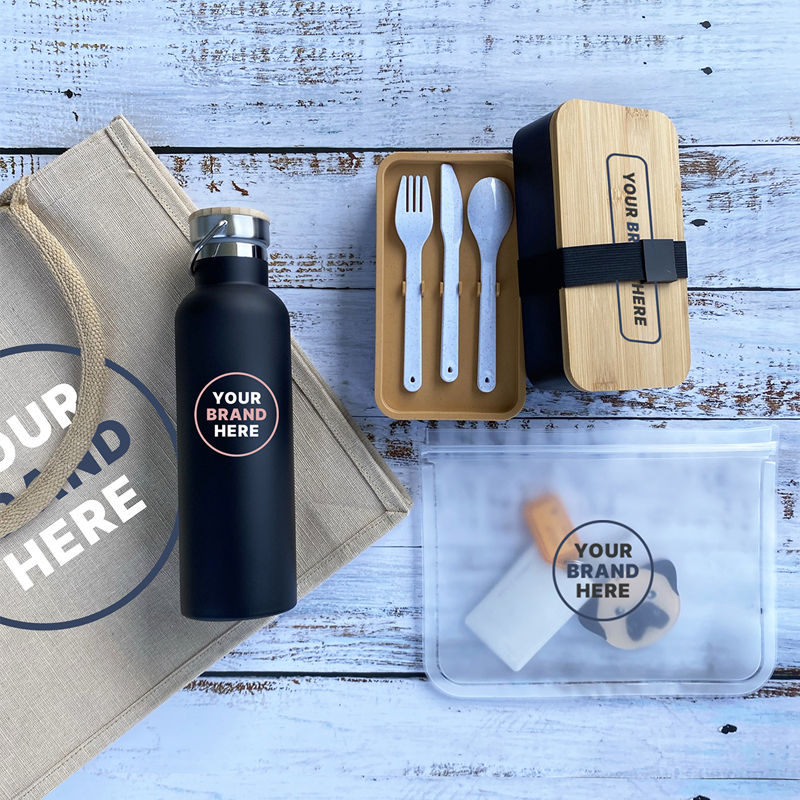Ever picked up a promotional item and wondered about its story? Not just where it’s been but what it’s made of and the impact it leaves behind.
In a world where we’re all becoming more eco-aware, the spotlight is on those green champions of the promo world.
Let’s explore together how to make a promotional product memorable while also being eco-friendly.
Key Findings
- Eco-friendly materials reduce environmental impact in promotional products.
- Alternatives like alpaca fleece offer eco-friendly options to traditional materials.
- Utilising eco-friendly materials aligns businesses with eco-conscious values.
Understanding Key Terms
Before we dive deeper into eco-friendly promotional products, let’s get fluent in the eco-jargon.
Biodegradable
Refers to materials that can be broken down by natural processes, typically by microorganisms.
Over time, biodegradable items decompose into natural elements, leaving no trace. However, the rate of decomposition can vary.
Why it’s important: Helps in reducing long-term waste as items break down naturally.
Compostable
While all compostable materials are biodegradable, not all biodegradable materials are compostable. Items that can be composted break down in a compost environment. They turn into nutrient-rich compost and don’t leave toxic residue.
Why it’s important: Supports soil health by turning waste into nutrient-rich compost.
Recyclable
Materials that can be processed and transformed into new products. The recyclability of a product often depends on local recycling facilities and programs.
Why it’s important: Reduces the need for raw materials, conserving energy and reducing greenhouse gas emissions.
Materials Used in Eco-Friendly Promotional Products
To truly grasp the eco-shift in promotional products, it’s important to understand the sustainable materials in play.
| Material | Description & Usage | Environmental Impact |
| Bamboo | A fast-growing grass used for items like pens, notebooks, and cutlery. | Requires minimal pesticides and water. Absorbs more CO2 and releases more oxygen than trees. |
| Organic Cotton | Grown without synthetic chemicals and used for apparel, bags, and hats. | Uses less water, reduces soil erosion, and avoids harmful pesticide runoff. |
| Recycled PET (rPET) | Derived from recycled plastic bottles and used for bags, drinkware, and apparel. | Reduces the need for virgin plastic, conserving resources and reducing emissions. |
| Cork | Harvested from cork oak trees and used for coasters, mats, and footwear. | Biodegradable, renewable, and promotes growth of cork oak forests. |
| Jute | A natural fibre used for tote bags and pouches. | Biodegradable, grows quickly, and requires minimal chemicals. |
| Plant-Based Plastics | Derived from plants and used for drinkware, cutlery, and packaging. | Produces fewer emissions than conventional plastics and is often compostable. |

Sustainable Alternatives to Traditional Promotional Product Materials
The push for eco-friendly promotional products has led to the emergence of sustainable alternatives to traditional materials. Let’s explore some of these innovative solutions:
Alpaca Fleece as an Alternative to Traditional Wool
Alpaca fleece offers similar qualities to sheep wool but has a smaller environmental footprint. It’s a popular choice for apparel and textiles. Alpaca fleece farming requires less land and water compared to sheep wool farming. Additionally, it’s hypoallergenic and decomposes faster than traditional wool.
Dandelion-Root Rubber as an Alternative to Synthetic Rubber
Dandelion-root rubber is derived from the roots of dandelions and holds potential for various products, including tires. This option reduces the need for rubber tree farms, making it more sustainable and eco-friendly.
Hemp as an Alternative to Traditional Textiles
Hemp has been used for millennia for various purposes, and its fibres can be used to create a durable and eco-friendly textile. Hemp grows quickly, requires minimal pesticides, and its deep roots prevent soil erosion. Its fibres are used for apparel, bags, and even paper products.
Mycelium Leather as an Alternative to Animal Leather
Mycelium leather is derived from the root system of fungi. This material is renewable and can be grown in controlled conditions. It mimics animal leather. It’s biodegradable and can be used for products like wallets, belts, and even footwear.
Bio-Based Plastics as an Alternative to Petroleum-Based Plastics
Bio-based plastics are derived from renewable biomass sources, such as vegetable fats, corn starch, or sugarcane. They can serve as alternatives to petroleum-based plastics in certain applications. Some bio-based plastics are also biodegradable or compostable.
Tencel/Lyocell as an Alternative to Synthetic Fibres
Tencel or Lyocell is a fibre made from the pulp of eucalyptus, spruce, or beech trees. The product is biodegradable. It is made using a closed-loop process. The process recycles solvents and chemicals to reduce environmental impact. It’s soft, breathable, and used in apparel and bedding products.
Wrapping Up
The world of promotional products is evolving, and eco-friendly is the way forward. By choosing sustainable materials and methods, businesses better align with the values of a growing eco-conscious audience.
For businesses on the fence, the message is clear: Dive into the green wave of promotional strategies. Begin with one eco-friendly product, share your sustainable journey, and see your brand’s image and impact grow together.
